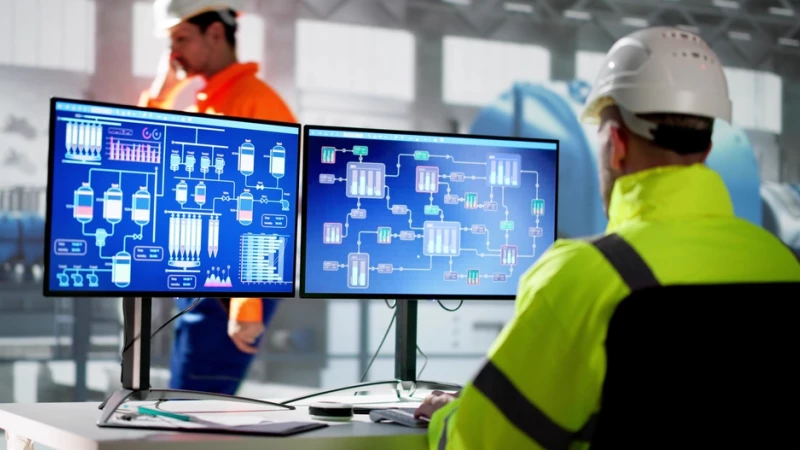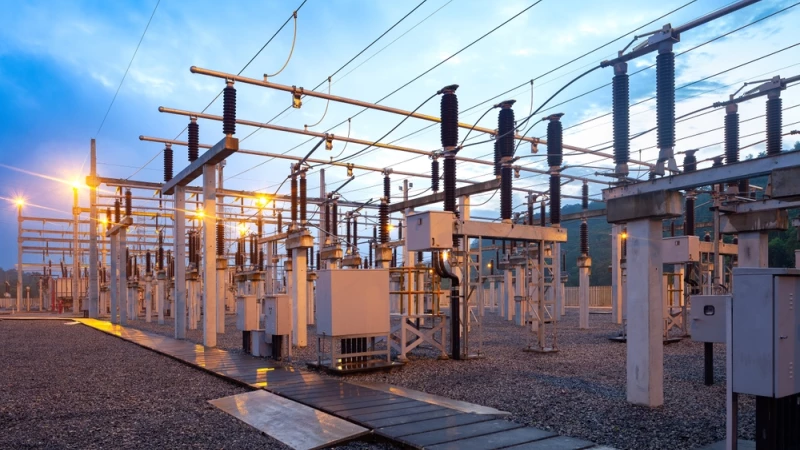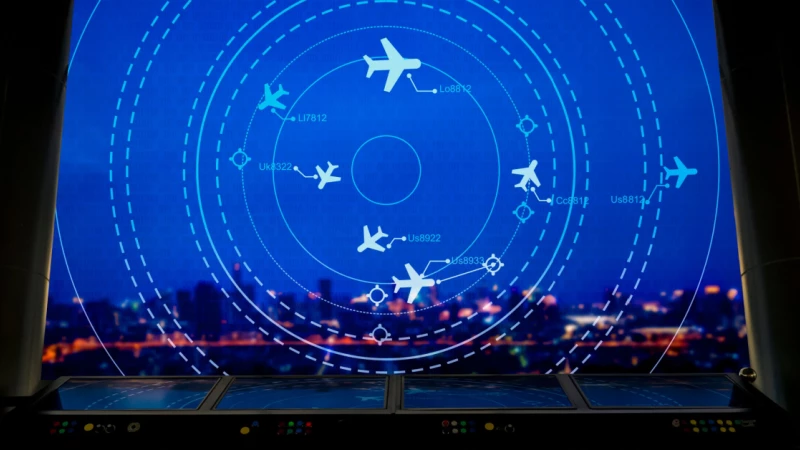In our increasingly connected world, in which operational technology (OT) is no longer isolated from online connectivity, the need for a standardized approach to cybersecurity is more critical than ever. The ISA/IEC 62443 framework provides just that: a series of internationally recognized standards, technical reports, and guidelines for securing industrial automation and control systems (IACS).
The framework, developed by the ISA99 committee and adopted by the International Electrotechnical Commission (IEC), is designed to protect these systems from cyber threats throughout their entire lifecycle. It's not a one-size-fits-all checklist but rather a flexible, risk-based approach that helps asset owners, system integrators, and product suppliers ensure their cybersecurity posture is robust and compliant.
Why ISA/IEC 62443 Matters for OT
For decades, many OT environments relied on equipment that was isolated from online connectivity—a concept known as “airgapping.” The thinking behind this approach was that OT assets wouldn’t need cybersecurity because they weren’t connected to an enterprise network.
However, the convergence of IT and OT networks has changed this. With industrial systems now being assigned IP addresses and being brought online for the first time, airgapping is no longer a viable security strategy. As the lines between IT and OT continue to blur, the attack surface for industrial assets has expanded dramatically; with OT process and system data moving to and from the cloud, additional attack vectors must also be considered.
This is where the ISA/IEC 62443 framework provides a thorough methodology for identifying and mitigating risks for these assets. The framework helps organizations:
Establish a strong security posture
The framework provides a set of requirements for all stakeholders involved in the design, implementation, and management of industrial control systems. This helps organizations understand their risk levels and how to best protect their asset inventory.
Manage supply chain risks
With this framework, product suppliers get a defined list of security requirements. This ensures that all parties involved in the supply chain are getting a product that isn’t treating security as an afterthought.
Enable compliance
The framework also ensures organizations have a clear path to demonstrate due diligence and compliance with regulations in various countries. Australia’s adoption of the ISA/IEC 62443 framework is another key milestone in defining it as an international standard. Read on for more details about this.
Become more resilient
Once an organization puts the framework in practice, transformative benefits such as minimized downtime, reduced maintenance costs, and improved operational efficiency start to emerge. This is especially beneficial for utilities and manufacturing companies.
The ISA/IEC 62443 Framework: Setting a New Precedent
Australia’s adoption of ISA/IEC 62443 is a landmark event for adoption of the framework, and sets a new precedent for how it’s viewed throughout the international OT cybersecurity community. While the framework itself is not a mandatory requirement, Australia has essentially moved it from being a set of voluntary best practices to a regulatory requirement backed by international law.
While not all countries are necessarily following in Australia’s footsteps, many are starting to endorse ISA 62443. This is pointing toward the emergence of a globally unified standard, further increasing the influence of the framework.
In the European Union, the Network and Information Systems Directive (NIS2) requires essential services to implement risk-based security measures. While NIS2 doesn’t name ISA 62443 explicitly, the framework is widely seen as the most effective and comprehensive way to demonstrate compliance with NIS2. This creates a powerful incentive for all 27 countries in the EU to adopt ISA 62443 as well.
Companies in the United States are also following suit. The Cybersecurity and Infrastructure Security Agency (CISA) and the National Institute of Standards and Technology (NIST) have begun heavily leaning toward the framework’s standards, signaling to critical infrastructure organizations in the public and private sectors that ISA 62443 is the recommended set of standards to follow.
In Japan, the Ministry of Economy, Trade, and Industry (METI) has adopted the framework as a key standard for ICS security. In sectors such as power and manufacturing, it’s being used as guidelines to build a more resilient industrial base, with the backing of the Japanese government.
How to Best Align with the ISA/IEC 62443 Framework
With the rapid and international adoption of the standards set forth within the framework, critical infrastructure organizations should take note. The fact that OT environments are facing the same rapidly evolving threat landscape faced by IT also amplifies the urgency of this.
In addition to taking some time to fully implement, the IEC 62443 framework itself is also complex. It’s broken out into seven foundational requirements, each with its own complexities and nuances, that can be used to target one of its five security levels.
For these reasons, it’s especially important that critical infrastructure organizations partner with a security solutions provider that understands the framework just as well as the threat landscape, and offers a robust solution set that can help simplify compliance.
With unmatched asset discovery and inventory capabilities, the Claroty Platform helps organizations identify assets across enterprise networks, and provides threat intelligence decision-makers can use to prioritize which devices to protect first. This expedites not only compliance with IEC 62443, but also the time-to-value organizations will get from using the Claroty Platform.
To learn more about how partnering with Claroty helps simplify compliance with IEC 62443, schedule a demo with one of our experts.













